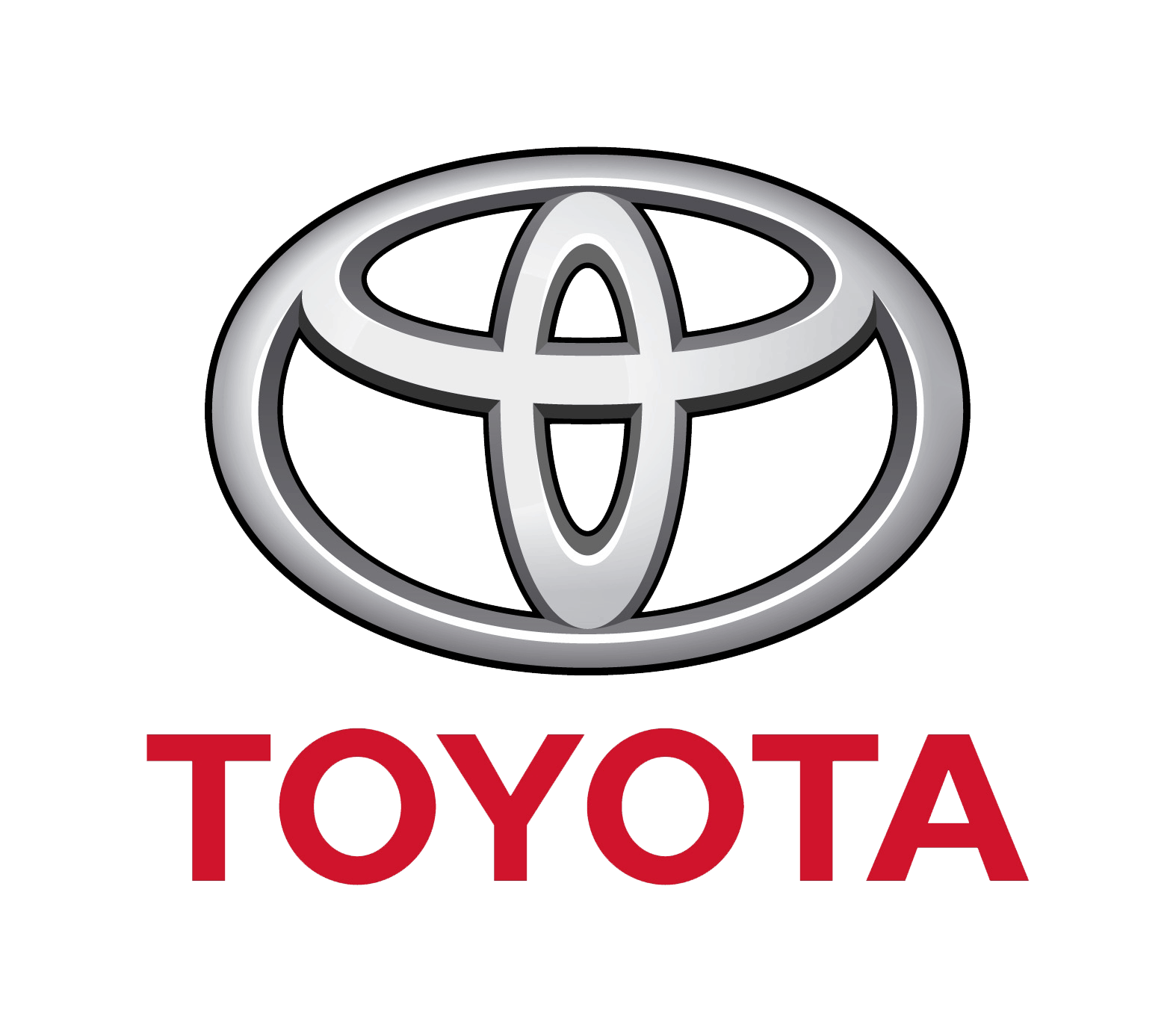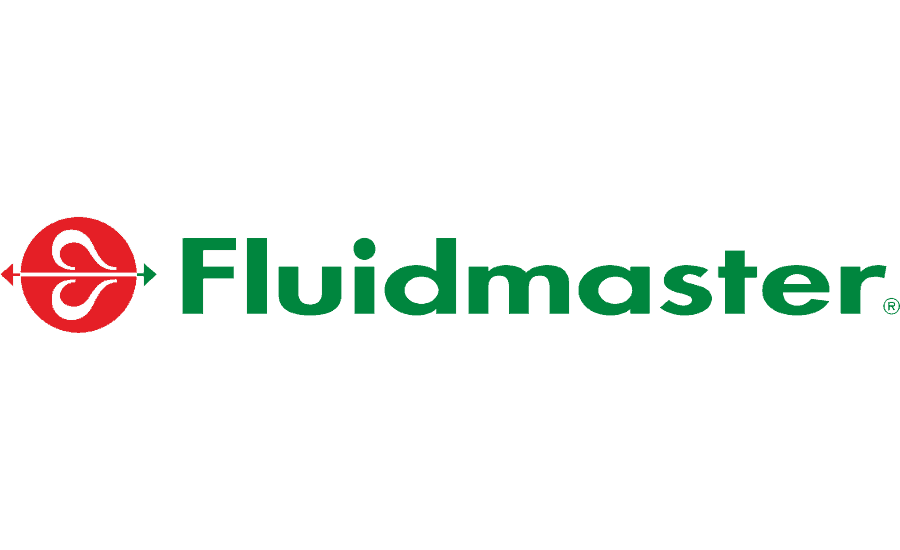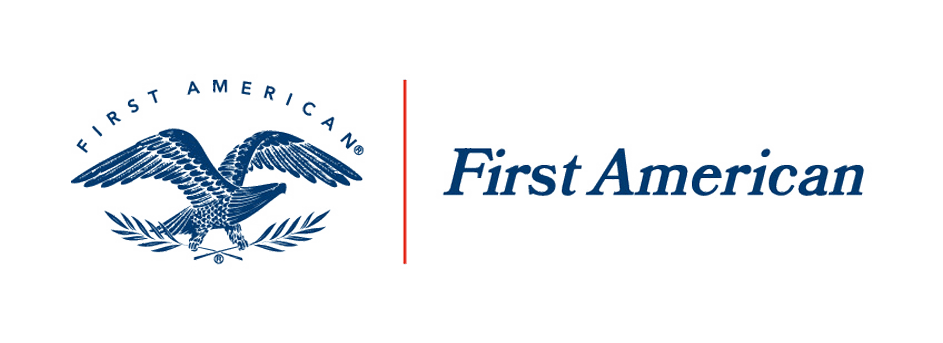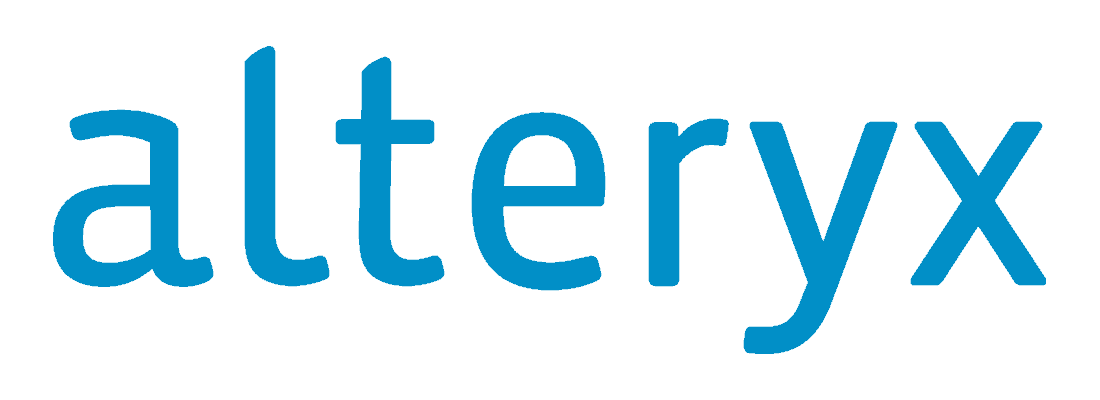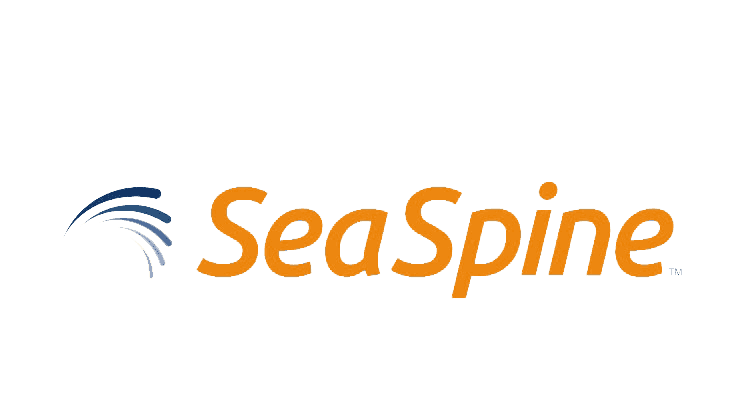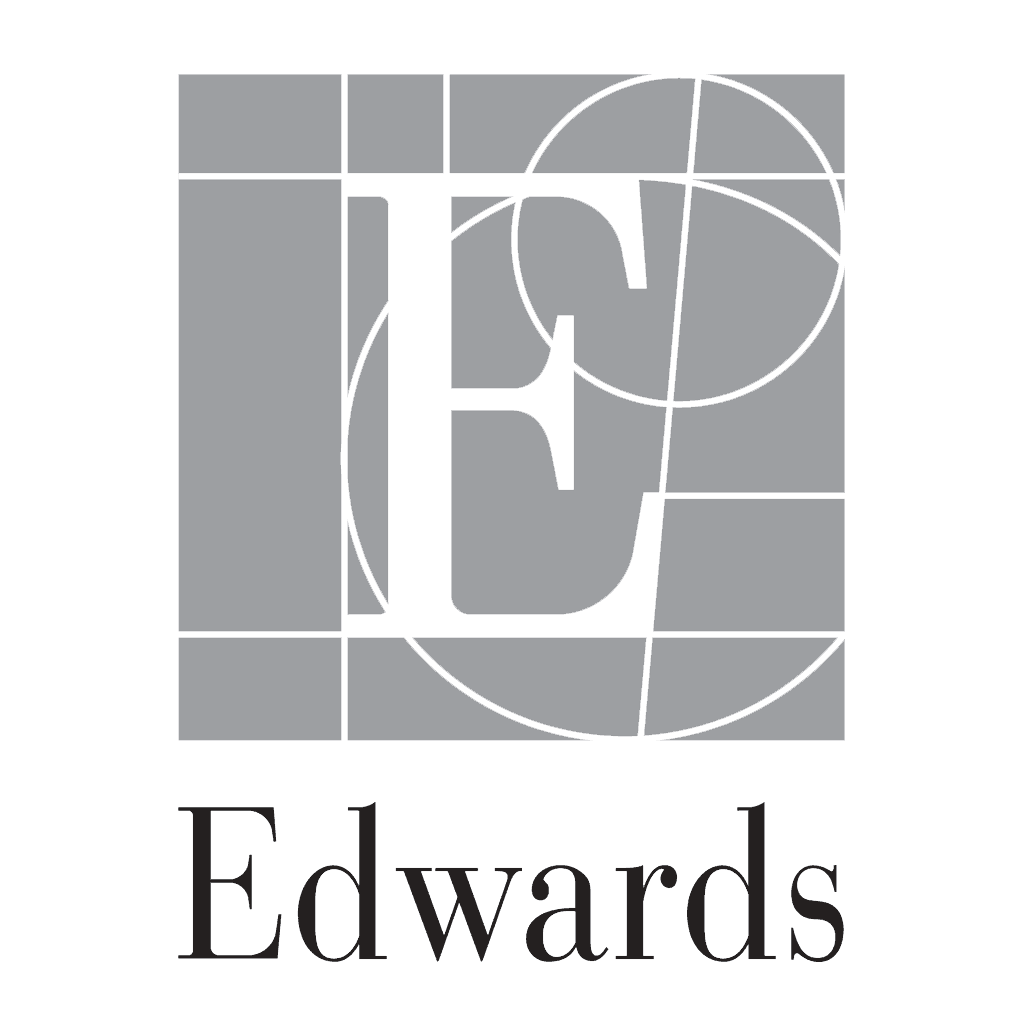The Art Of The Leave-Behind: Why Print Collateral Will Always Have A Place In Marketing
POST WRITTEN BY: Adam Wagner – Chief strategy officer and partner at Raindrop. We believe in the power of human connections and helping clients build relationships.
Print Is Primal
People appreciate print collateral for the same reason they use handouts and take handwritten notes in meetings. Paper is ingrained in humanity, dating back to the earliest civilizations that used woven papyrus as a writing surface.
When creating brochures, mailers and other print marketing materials, graphic designers will often talk about creating collateral that “feels important.” Seeing a brochure on a screen doesn’t deliver the same tactile fulfillment as holding that very same brochure in your hand. We see millions of things on our screens each day and the digital overload dilutes the sense of importance in even the most memorable design.
We’re Not Talking About Folders And Sell Sheets
Before we go any further, let’s make one thing clear: As we pump up the marketing value of printed materials, we’re referring only to those that are unique, thoughtful and creative. A static folder with a few sell sheets does not qualify as impactful collateral. If you’re going to invest in print, make it amazing. Think sizes, shapes, finishes and other fine details that will make your piece more valuable than the paper it is printed on. Consumer packaging can serve as a great source of inspiration.
The Impact Is Longer Lasting
Print collateral builds and strengthens relationships. It shows that you have gone out of your way to spend time and money on something that you plan to give away for free. We call it a “leave-behind” because it is meant to extend your presence. After your meeting with a prospect is over and you leave them to make a buying decision, a leave-behind subtly reinforces your brand by keeping you “top of mind” in the same vein as email or social media marketing — only your content is actually on their desk where they work every day instead of buried in their inbox or social feed.
Old Is New
Digital might be the present and future of marketing, but it’s no longer new or novel. Ironically, it’s tried-and-true print that now holds the power to stand out from the clutter. We all skim through countless emails and articles every day, robotically moving from one to the next. When we flip through a mini-magazine or hold a uniquely shaped pamphlet, it feels like a much-needed departure from the digital monotony. As a primary medium, there’s no arguing that digital is more dynamic than print. It’s as a secondary medium to complement your digital marketing where print retains its relevance.
Digital Content Is Convertible To Print
If your company is creating digital content, the print represents an opportunity for you to repackage your blog articles, infographics, case studies and other snippets into print form and gain extra visibility. At our marketing agency, we work with quite a few clients in the education and arts sectors. To keep their stakeholders informed and engaged, we carry the digital content we create over to mailers, brochures, booklets and other tangible assets, rewording or reformatting as necessary to fit the medium. Being able to work off of existing content allows us to put more time and budget into design and production, which yields a more creative final product.
Wins In Print Loop Back To Digital
To close the loop and the discussion, remember that marketing is not a battle of print versus digital. There is a balance between the two, and each supports efforts in the other. We are living and working in an experience economy, where people are anxious to share even the smallest piece of positivity in their day. When you surprise and delight someone via print, the brand experience drives them back (and back again) to the digital channels you are working so hard to build.
Trackback from your site.


